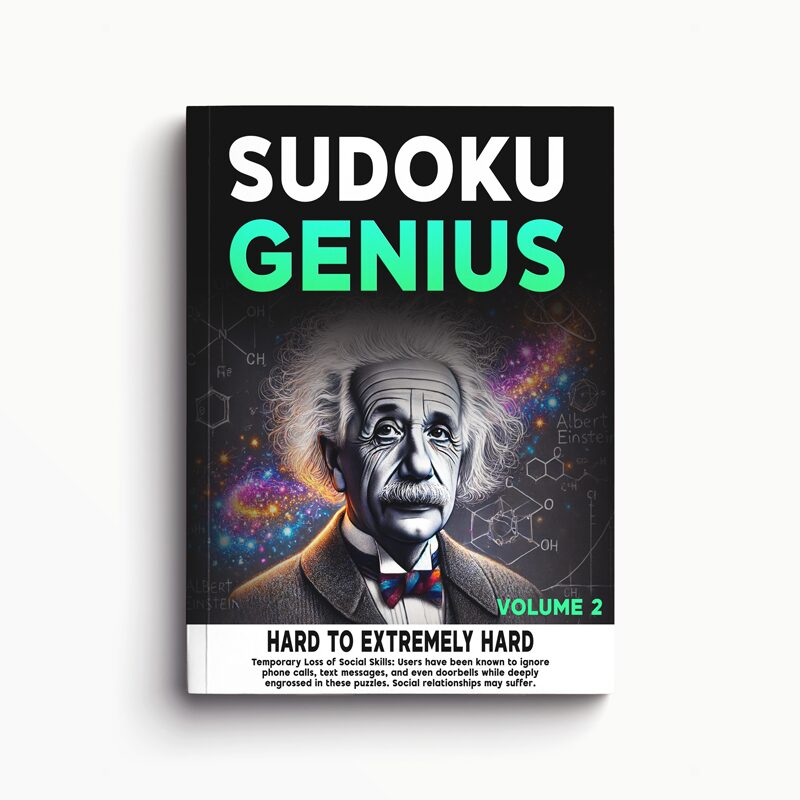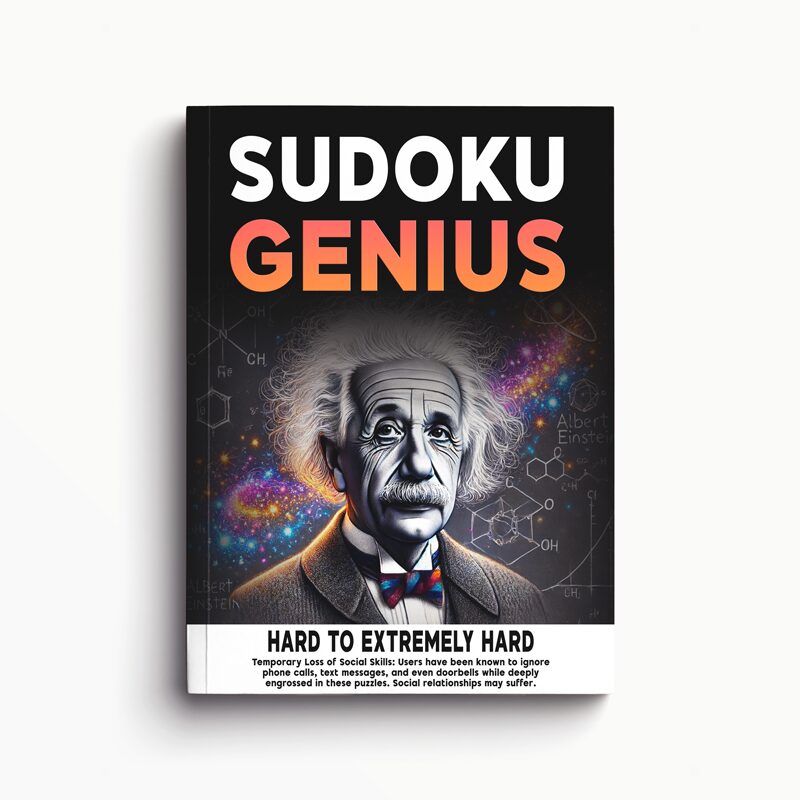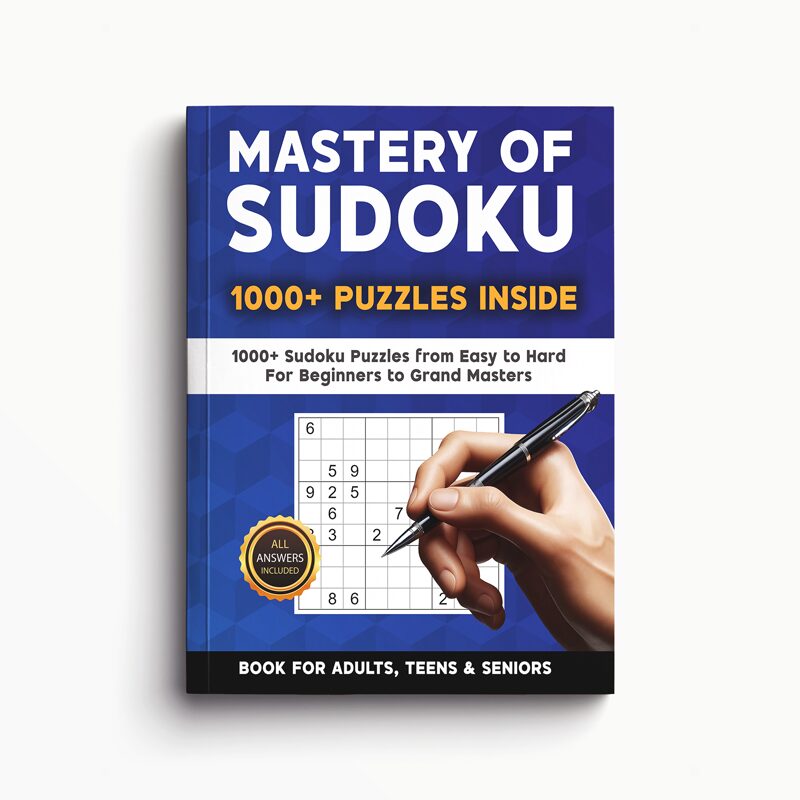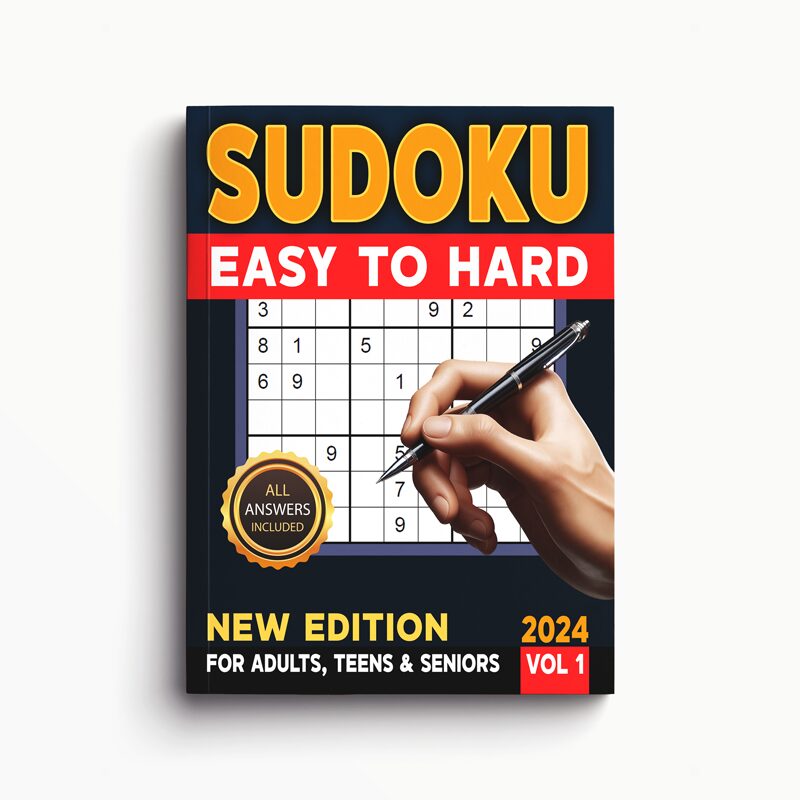🗺️ Sudoku's Global Odyssey: A Country-by-Country Chronicle
🇨🇳 China: The Ancient Roots
Sudoku's conceptual ancestors trace back to ancient China, around 2000 BC, with the creation of "magic squares." These grids were fascinating numerical arrangements where the numbers in each row, column, and diagonal added up to the same sum, a concept imbued with mystical and symbolic significance. Often used in spiritual practices, divination, and traditional Chinese philosophy, magic squares symbolized harmony and cosmic balance, reflecting deep cultural beliefs about numbers and their relationships.
Although magic squares differed from Sudoku in their specific rules and objectives, they set a crucial foundational logic puzzle framework. The structured numerical patterns required careful reasoning, attention to detail, and strategic thought—principles central to modern Sudoku puzzles. Thus, these ancient Chinese innovations represent the earliest known origins of structured numerical puzzle-solving, directly influencing the development of Sudoku as we know and enjoy it today.
🇨🇭 Switzerland: The Birth of Latin Squares
In the 18th century, renowned Swiss mathematician Leonhard Euler introduced the concept of "Latin Squares," a groundbreaking mathematical arrangement where symbols or numbers appeared exactly once in each row and each column. Euler's innovation was initially a theoretical exploration in combinatorics and probability, significantly influencing mathematical research and puzzle creation. These structured arrangements highlighted the importance of logical distribution, uniqueness, and systematic reasoning.
Although Euler’s Latin Squares were not puzzles in the recreational sense we understand today, their logical principles laid essential groundwork for the Sudoku puzzles that followed centuries later. By emphasizing the necessity of unique elements in every row and column, Euler effectively established a critical aspect of Sudoku’s modern logic. This historical contribution from Switzerland thus represents a vital evolutionary step in Sudoku’s rich global heritage.
🇫🇷 France: The Newspaper Pioneers
In the late 19th century, French newspapers such as Le Siècle and La France began publishing number puzzles that bore a strong resemblance to modern Sudoku. These early puzzles featured 9x9 grids where solvers had to place numbers in such a way that each row and each column contained unique digits, without repetition. Although they lacked the now-familiar 3x3 subgrid constraint, they introduced readers to the thrilling challenge of logical number placement.
These newspaper puzzles captured public imagination and represented an important bridge between mathematical theory and recreational puzzle design. They demonstrated that logic puzzles could be both accessible and widely popular. While these French innovations eventually faded from publication, their influence endured. The basic structure and challenge they introduced paved the way for the fully developed Sudoku puzzles that would later rise to international fame in the 20th and 21st centuries.
🇺🇸 United States: The Modern Format Emerges
In 1979, American architect and puzzle enthusiast Howard Garns created a new logic-based number puzzle he called "Number Place." Published by Dell Pencil Puzzles and Word Games, Garns' creation was the first to introduce the 9x9 grid divided into nine smaller 3x3 subgrids — a critical evolution that set the foundation for what we recognize today as Sudoku. Each number from 1 to 9 had to appear once in every row, column, and subgrid, weaving together simplicity and complexity in a beautifully logical way.
Although Garns never lived to see the global phenomenon his invention would become, "Number Place" remained a quiet fixture in Dell puzzle magazines for years. It wasn't until decades later, when the puzzle reached Japan and was renamed "Sudoku," that Garns' contribution received wider recognition. His innovative structure introduced an elegant challenge to the world of recreational puzzles — one that combined accessibility for beginners with immense depth for advanced solvers, a hallmark that has defined Sudoku’s enduring popularity.
🇯🇵 Japan: The Cultural Embrace
In 1984, the Japanese puzzle publishing company Nikoli introduced Howard Garns' "Number Place" to the Japanese audience under the name "Sūji wa dokushin ni kagiru," which translates to "the digits must be single." The phrase was later abbreviated simply to "Sudoku," a short, catchy name that would soon become iconic worldwide. Nikoli made significant refinements to the puzzle, focusing on aesthetic qualities such as symmetrical grids, a limited number of given clues, and an emphasis on creating a logical and beautiful solving experience.
Sudoku quickly captured the imagination of Japan's puzzle-loving public. It fit perfectly into the culture's appreciation for minimalism, logic, and disciplined creativity. Unlike crosswords, which depended on language, Sudoku’s reliance on numbers made it universally approachable. Nikoli's innovations helped standardize many conventions that are now considered essential to quality Sudoku puzzles. Japan became the new home for Sudoku, nurturing and refining it into the elegant global phenomenon it would eventually become.
🇬🇧 United Kingdom: The Sudoku Boom
In 2004, retired New Zealand judge Wayne Gould played a pivotal role in bringing Sudoku to the global stage. After discovering the puzzle during a trip to Japan, Gould spent six years developing a computer program capable of generating new Sudoku puzzles quickly and efficiently. Armed with this technology, he approached editors at The Times of London, successfully convincing them to feature Sudoku puzzles daily in the newspaper.
The response from British readers was overwhelming. Almost overnight, Sudoku transformed from a niche puzzle into a national obsession. Newspapers across the United Kingdom rushed to include their own daily Sudoku grids, and soon after, the craze spread throughout Europe, North America, and beyond. Gould's contribution didn’t just popularize Sudoku — it ignited a global phenomenon, turning the once-quiet puzzle into one of the most beloved and recognizable brain teasers in the modern world.
🇩🇪 Germany: Embracing the Puzzle
Starting around 2005, Sudoku found a warm and enthusiastic audience in Germany. As the puzzle craze swept through Europe, major German newspapers and magazines rapidly embraced Sudoku, featuring it alongside traditional crossword puzzles and brainteasers. Publications such as Die Zeit, Frankfurter Allgemeine Zeitung, and Der Spiegel regularly published Sudoku puzzles, helping to cement its popularity among readers of all ages.
Germany’s cultural love for logic, structure, and precision made Sudoku a natural fit. It was appreciated not just as a casual pastime, but also as a serious exercise in mental discipline. Sudoku books and special magazines dedicated entirely to puzzles flooded the market, and Sudoku quickly became a common feature in German homes, schools, and even workplace break rooms. Germany’s embrace of Sudoku further propelled its acceptance as a serious and respected form of mental recreation across Europe.
🇧🇷 Brazil: A Cultural Phenomenon
In 2005, Sudoku made a dramatic entrance into Brazil, capturing the imagination of a wide and diverse audience. The puzzle’s popularity surged through the efforts of publishers like Revistas Coquetel, one of the largest producers of puzzle magazines in Latin America. Brazilian magazines quickly adapted Sudoku to suit local tastes, offering versions ranging from beginner-friendly to expert-level challenges, and even introducing creative variations that blended Sudoku with elements of traditional Brazilian design and culture.
The phenomenon extended beyond print media. Sudoku puzzles appeared in mobile apps, educational materials, and even manga-style comic books, such as "Sudoku & Mangá," merging Japanese influences with Brazilian storytelling flair. Sudoku rapidly became a common recreational activity across Brazil’s bustling cities and quiet towns alike, embraced by students, professionals, and retirees. Its rapid cultural adoption reflected Brazil's openness to global trends and its passion for engaging, community-driven pastimes.
🇳🇿 New Zealand: The Catalyst
New Zealand played a surprisingly pivotal role in Sudoku’s global explosion, thanks to the tireless efforts of Wayne Gould. A retired judge, Gould first encountered a Sudoku puzzle while visiting Japan in the late 1990s. Fascinated by its logical elegance, he spent six years meticulously developing a computer program capable of generating unique Sudoku puzzles at scale — a groundbreaking tool that would later allow newspapers to publish fresh puzzles daily without the need for manual creation.
Gould’s ingenuity and persistence culminated in 2004 when he successfully pitched Sudoku to The Times in London. His software not only streamlined puzzle production but also ensured consistent quality, helping Sudoku transition from a niche Japanese pastime into an international phenomenon. Though Gould lived and worked largely from New Zealand during this time, his influence radiated globally, earning him recognition as one of the key figures responsible for Sudoku’s modern-day success story.
🇦🇺 Australia: Following the Wave
Australia quickly caught the Sudoku wave after its explosive rise in the United Kingdom and other parts of the world in 2005. Major newspapers such as The Sydney Morning Herald and The Australian began publishing daily Sudoku puzzles, responding to growing public enthusiasm. Puzzle books filled with Sudoku challenges soon lined bookstore shelves, and solving Sudoku became a beloved pastime for commuters, students, and retirees across the country.
The puzzle's appeal in Australia lay in its perfect balance between simplicity and challenge, resonating with a wide audience seeking both entertainment and mental stimulation. Sudoku competitions and tournaments began appearing in local communities and online forums, solidifying its place in Australian culture. Whether on paper, mobile devices, or laptops, Sudoku became an everyday leisure activity that continues to hold a strong presence in Australian life today.
🌍 Conclusion: A Universal Puzzle
From its ancient roots in Chinese magic squares to the mathematical innovations of Switzerland, from quiet beginnings in French newspapers to the explosive global phenomenon we know today, Sudoku's story is a true testament to humanity's love of logic, patterns, and mental challenge. Its simple yet profound structure — a blank grid filled by reason and intuition — transcends language, culture, and geography, making it one of the most universally beloved puzzles ever created.
Sudoku’s rise is not just a story of clever number placement — it reflects a global fascination with sharpening the mind, finding order in complexity, and experiencing the quiet satisfaction of solving a pure logic problem. Whether played in a newspaper, on a mobile app, or during a world championship, Sudoku remains a timeless bridge connecting people across generations and borders. Its enduring appeal lies in the elegant simplicity of its rules, balanced by the infinite depth of its challenges — a puzzle truly for everyone, everywhere.
🧠 Ready to Test Your Skills?
Choose your level below and dive into a new Sudoku challenge today!
📈 Sudoku's Worldwide Appeal
From humble beginnings in printed newspapers to its current dominance across digital platforms, Sudoku has proven to be one of the most universally beloved logic puzzles. Its appeal lies in its simplicity: a set of straightforward rules that unfold into layers of deep logical complexity, accessible to beginners yet endlessly challenging for seasoned players.
Today, Sudoku is enjoyed by millions daily through mobile apps, online platforms, printed puzzle books, and newspapers around the globe. Its language-free, number-based format makes it universally accessible across cultures and generations. Whether solved on a quiet Sunday morning or tackled competitively in tournaments, Sudoku continues to captivate minds, offering a timeless blend of mental exercise, satisfaction, and pure logical joy.







